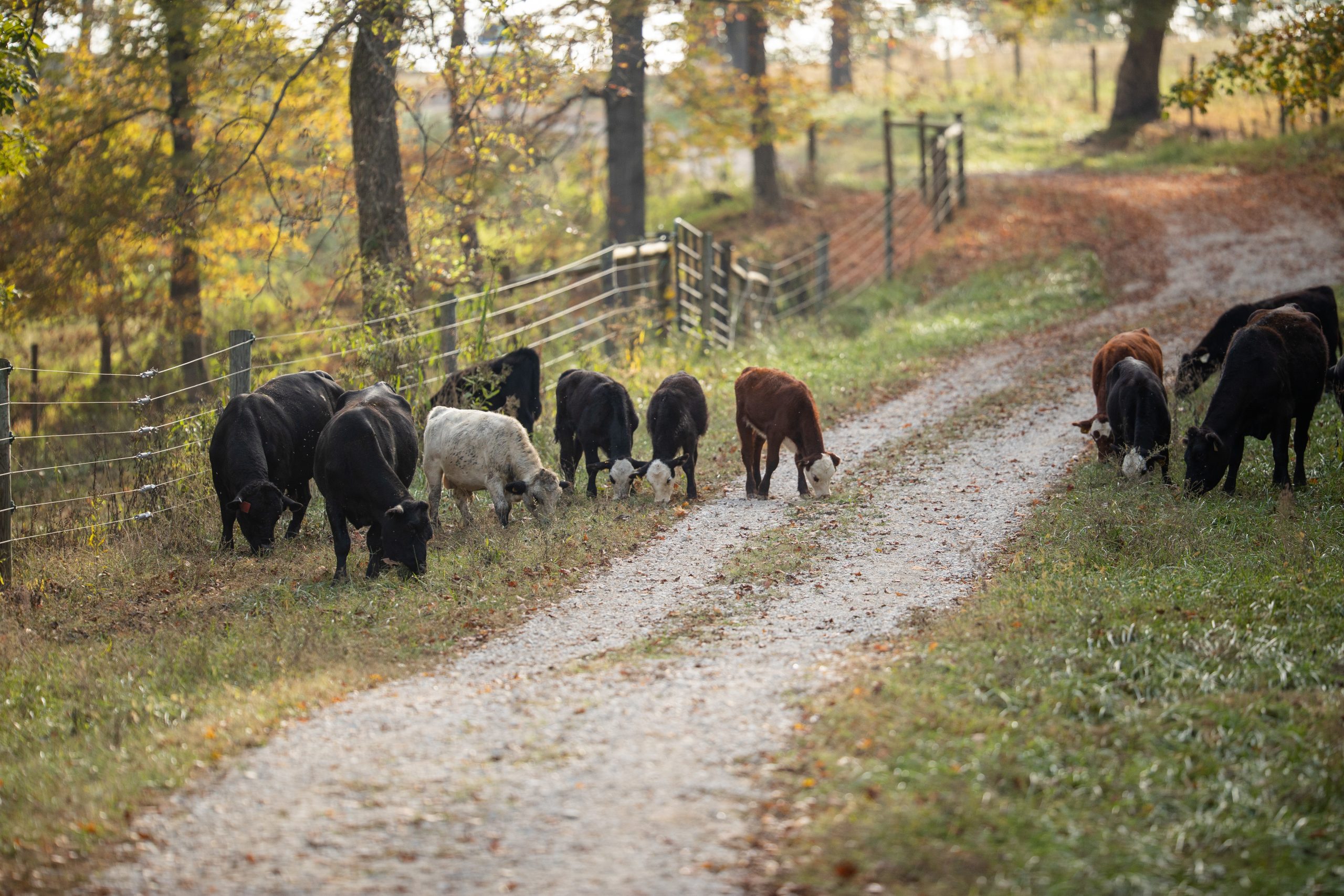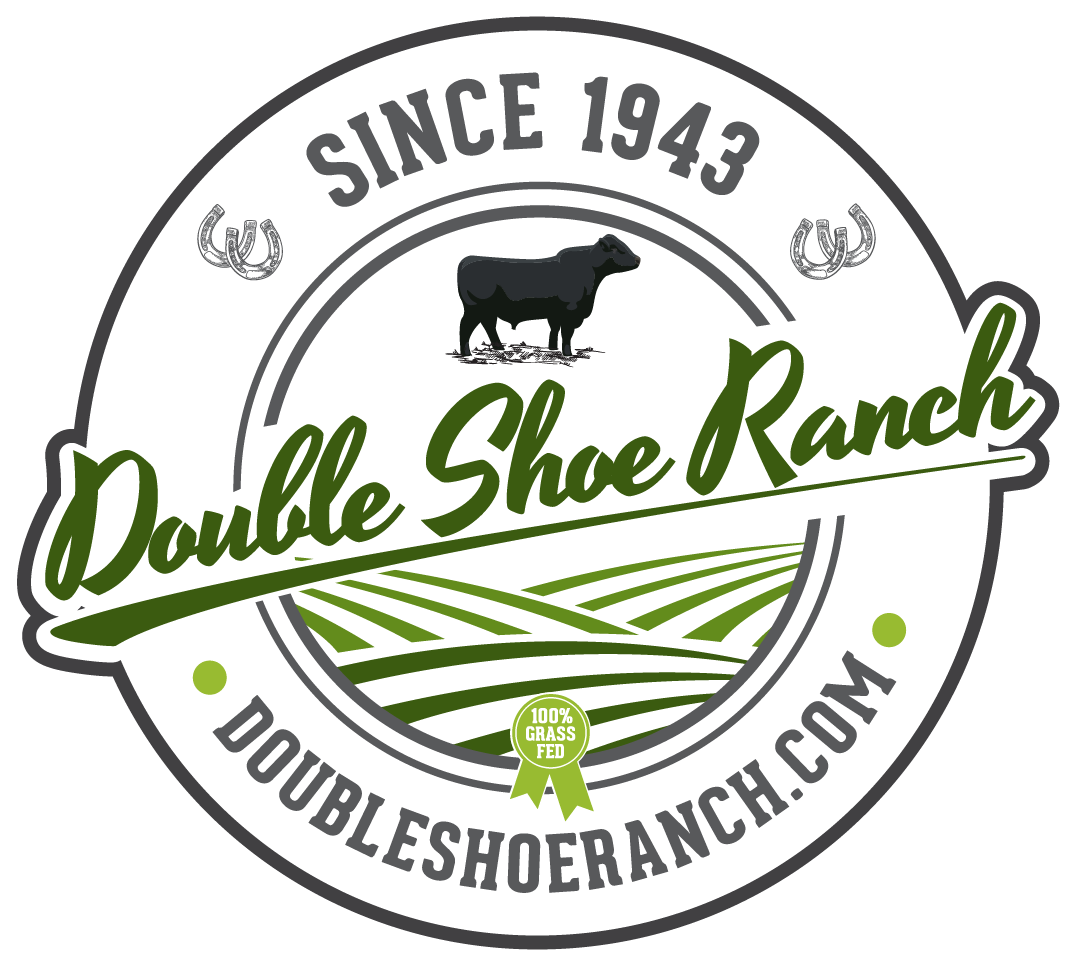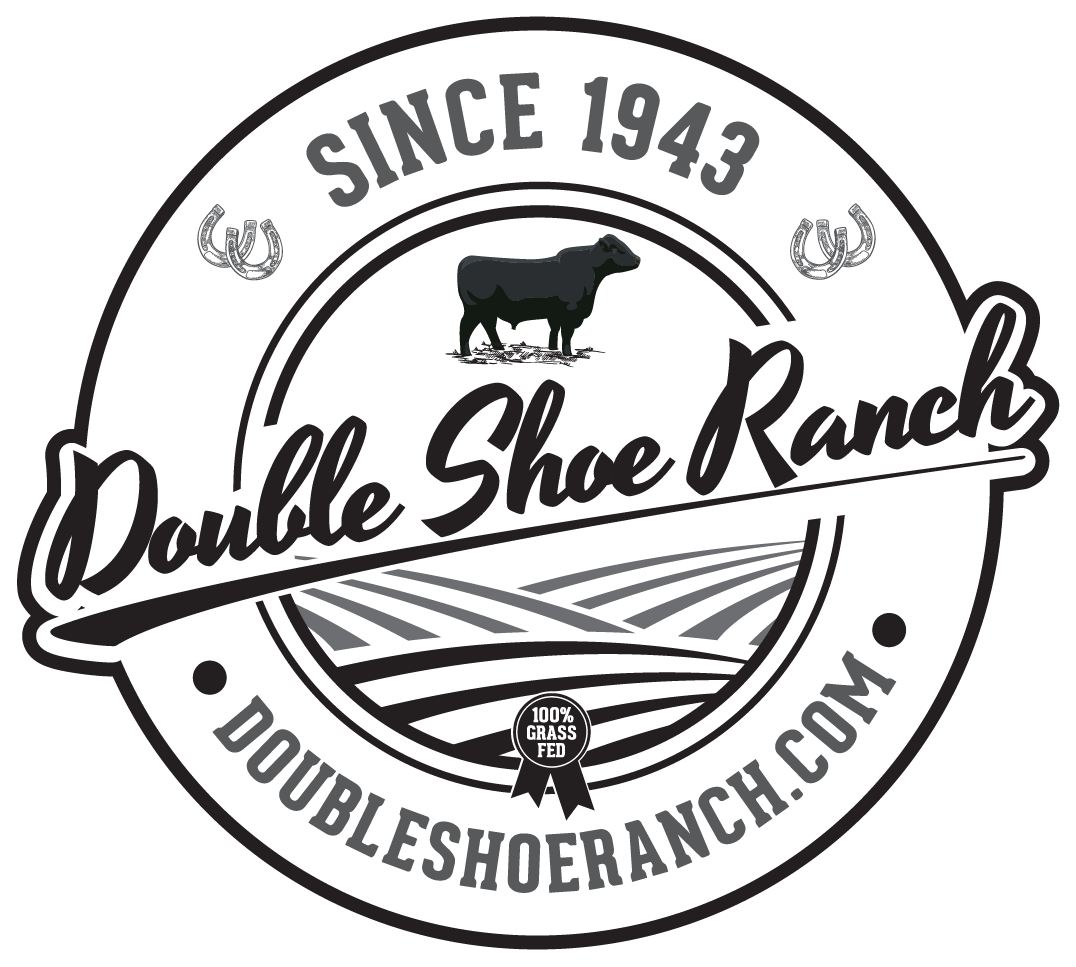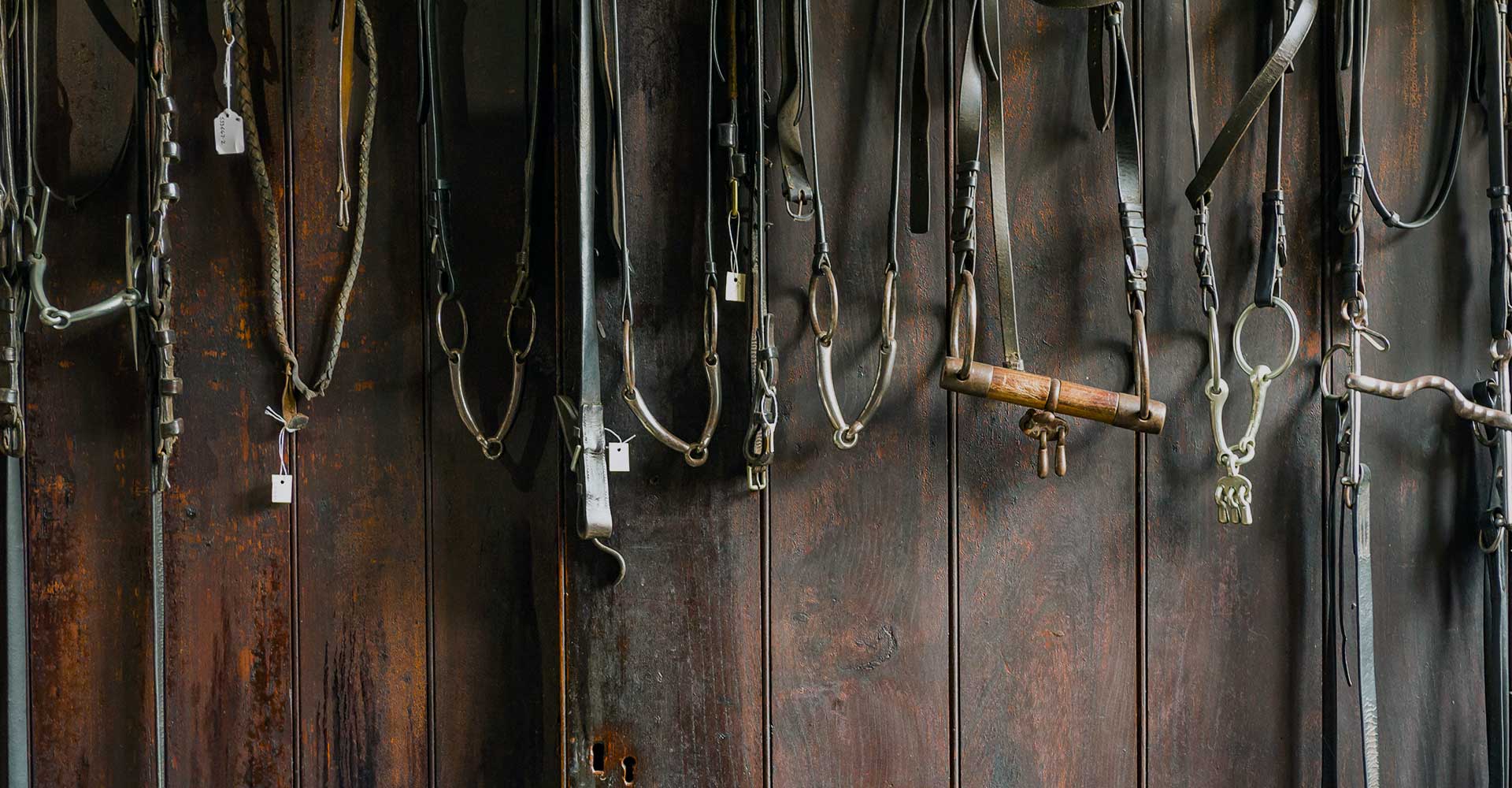Our Process
It’s really all about the soil. Without good soil, you can’t raise good grass, without good grass you can’t raise good beef. Trying to raise good beef without good grass or good grass without good soil is impossible and one of the big reasons for people to fail in an agriculture business. Dumping a bunch of money into quality genetics won’t work if you feed them poor quality forages. Spending a fortune on the best grass seed is pointless if you plant it in bad soil. We have been blessed to have an excellent soil conservation officer (Ralph Crawford) in our county that has helped guide us through the years. He got us started over 20 years ago with modern conservation practices such as intensive grazing and taught us the basics of soil health. Through the years we have expanded on that by constant studying and attending every grazing conference and soil management seminar we could find. Some benefits of concentrating on soil health are found almost immediately but the biggest reward comes with the build up year after year of continually improving soil.
Selecting forage varieties that are adapted to our environment and promoting a diverse group of grasses, herbs and forbes in our pastures is an always ongoing process. Not overgrazing and paying close attention to the life cycle of the plant by not harvesting until it is mature helps to keep invasive weed species in check and insure a top quality nutritious feed for our cattle. Most cattle producers today feed hay at least 5 months a year and view a pasture only as a place for cattle to stay when they are not being fed hay or grain in the barn. We see our pastures as the foundation of our farm. We use them year around to produce top quality beef with no grain and very little supplemental hay. Our cattle are a means to harvest the abundant grass our healthy soil grows and turn it into a marketable product. The cattle are our “combine” that we use to harvest our crop. Just like a corn farmer wouldn’t think of ruining his corn by driving a combine through the field when the corn is only knee high and immature, we never harm our quality of our grass by overgrazing short pastures.

We use progressive techniques such as mob grazing, strip grazing and frequent pasture rotations to insure that the soil and grass has amble time to recover from grazing and to store up grass on pasture to get us through the winter when very little new growth is occurring.
Our calves are typically weaned in the fall and supplemented through the first winter on a high protein diet of alfalfa raised on our farm. It takes at least another year to year and a half of grazing our lush pastures for them to finish their growing and begin to put on enough fat to ensure a well-marbled and juicy beef when harvested. Most producers don’t take the time or go to the expense required to allow their calves to mature and fatten. This results in beef that is dry and tough and doesn’t have the deep “beefy” flavor that comes with truly finishing on grass.
Give our beef a try and taste for yourself the difference that all this attention to detail provides.


